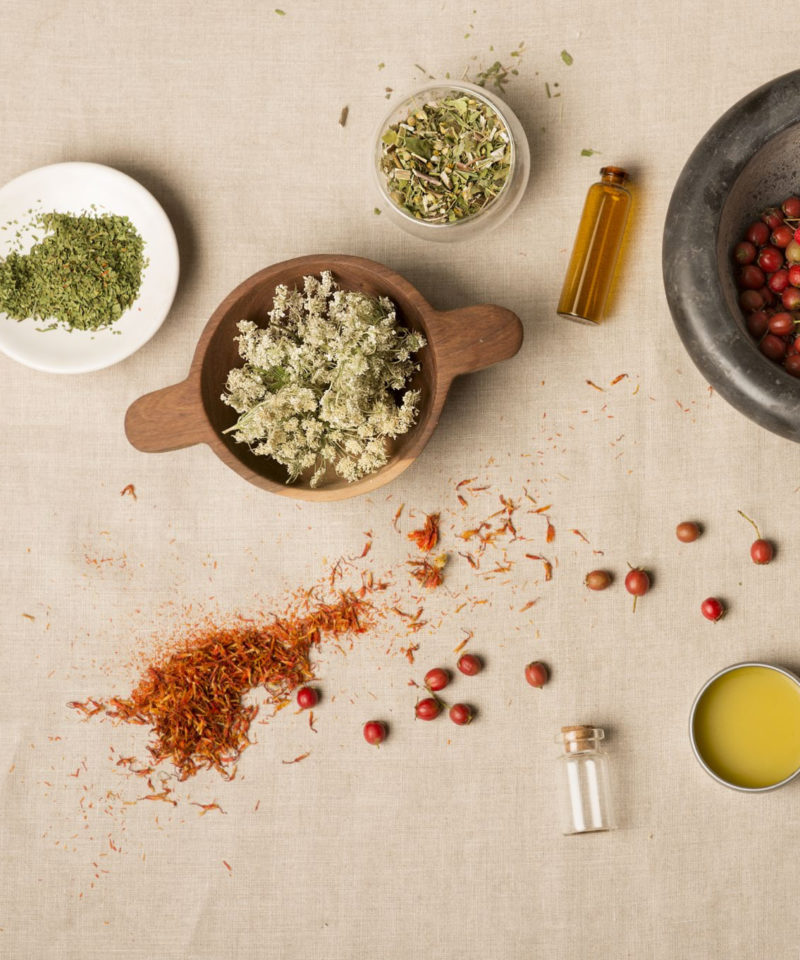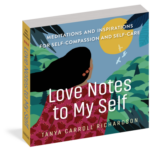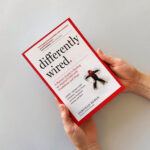Get to know the history of the ancient form of medicine in this excerpt from JJ Pursell’s The Herbal Apothecary: 100 Medicinal Herbs and How to Use Them.
Buy the Book
Amazon | B&N | Indiebound | Workman

An Ancient Medicine
Thee story of medicinal plants is an ancient one that threads many cultures from around the world into a common tapestry. The first medicinal drugs were in the form of herbs, plants, roots, flowers, and fungi. Archaeologists have uncovered evidence, including symbolic depictions and fossilized sediments of the plants depicted, which suggests that medicinal herbs were used in the Paleolithic Era, some 60,000 years ago. The first legitimized documentation of herbal remedies begins with the Sumerians in ancient Mesopotamia (present-day Iraq), who lived more than 5000 years ago. They carved recipes on clay slabs, or tablets, that included drug preparations referring to more than 250 plants. Imagine the plant life utopia at that time! Some of these writings suggest advanced understanding of plant constituents, such as the alkaloid principles of poppy, henbane, and man- drake. These herbs must have been tried through experimentation, as no one during that time would have known the full effects of the plants. I’m sure that, for some of them, some lessons were tough to learn. The Sumerians, considered one of the world’s first urban civilizations, were originally recorded as a matriarchal society that viewed everything from a natural perspective, understanding that nature controlled all and was bountiful. Similar to Daoists, the Sumerians watched nature and its cycles to correlate similar cycles within the human body for healing practices.
In China, people were experimenting with plant medicine as well. Around 2500 BC, the first Chinese herbal, Shen Nung Pen T’sao ching, was written by Emperor Shen Nung. It focused on grasses and roots, documenting 365 herbs. An interesting and dedicated herbalist, Shen Nung personally tasted each of these herbs and—you guessed it—unfortunately died due to a toxic overdose, all in the name of plant medicine. He came from an agricultural background and was often referred to as the Yan Emperor, or divine farmer. His work is considered the basis for Chinese herbalism, which is universally accepted in China and practiced throughout the world. Many of the herbs he mentioned are still widely used today, including camphor, podophyllum, jimson weed, cinnamon bark, ginseng, gentian, and ma huang. (The ma huang shrub first brought the drug ephedrine to modern medicine.)
The East Indian traditions of Ayurveda (science of life) and the Vedas scriptures are filled with abundant references to medical treatments using plants. Ayurvedic herbalists Charaka (circa 800 BC) and Sushruta (circa 500 BC) were two of the first to write preparations from plant, mineral, and animal sources. These were the first formulations, or herbal blends, for creating healing prescriptions. Sushruta categorized plants into subdivisions according to diseases and plant treatments. Ayurvedic practices are some of the most practical when it comes to using herbs with foods, understanding the simple knowledge that food is medicine. Healing spices such as nutmeg, pepper, clove, caraway, and turmeric all descend from Ayurvedic culture and are often used today.
In another part of the world, Egyptians were no strangers to the use of plant medicine, particularly because of their close relationship with Babylonia and Assyria. They shared similar plant medicine and theurgist (supernatural) philosophies, but there is no question that Egyptians were much less fond of the metaphysics of medicine. Most of our knowledge of Egyptian plant medicine comes from the writings of historians, especially Manetho (circa 300 BC). Another valuable resource are the wall depictions of monuments and tombs. The Papyrus Ebers, written around 1550 BC, includes 700 plant, mineral, and animal species and more than 800 prescription entries. Upon discovery and translation, this was the largest materia medica (a body of collected knowledge about the therapeutic properties of a substance used for healing) and prescription document found from this time period. Many of the prescriptions include herbs such as pomegranate, senna, castor oil, centaury, garlic, coriander, juniper, and willow. Despite Egypt’s inhospitable growing terrain and the surrounding desert, the Egyptians cultivated many indigenous plants for medicinal use.
Moving forward, although many herbalists have made significant contributions in the field of plant medicine, a few have devoted their lives to the study of herbal medicine. Here is an abbreviated history.
It is difficult to think of the roots of plant medicine without including Greek botanist eophrastus (371–287 BC), considered the father of botany. At an early age, he began his studies under Plato. After Plato’s death, he attached himself to Aristotle. Needless to say, his interests were wide-ranging, extending from biology and physics, to ethics and metaphysics. But his love of plants resulted in his authoring two books, De Causis Plantarum and De Historia Plantarum, which generated a classification system of more than 500 medicinal plants. is was the first document of its kind to include the importance of gradual dosing to acclimate the body to treatment. is was extremely important information at the time regarding the proper use of herbs, especially those with a high toxicity content; knowing how to use them could be the difference between life and death.
Pedanius Dioscorides (AD 40–90), from current-day Turkey, was a physician, pharmacologist, and botanist who is most remembered as the first to consider plant medicine as an applied science. As a physician, he traveled extensively with Roman militaries and studied the plants in-depth wherever he went. His work De Materia Medica has been translated many times over as the primary herbal encyclopedia from the Middle Ages to the Renaissance. His book offered not only plant descriptions, but also the names of each plant and foraging information. He also mentions such preparations as extracts by the maceration method followed by evaporation, and how to express the fresh juice of plants and concentrate it in the sun. De Materia Medica was also one of the first books to document how to store plants, providing the basis for modern storage.
Along this historical journey is Roman physician Aelius Galenus, or Galen of Pergamon, who escalated the teachings of Hippocrates to become the foundations of western medicine. Galen promoted and wrote often about Hippocrates’s system of the four humors (blood, yellow bile, black bile, and phlegm), healing modalities, and herbs. He believed that humors were formed in the body, rather than ingested, and suggested that the body reacted to consumed foods by producing different humors. Warm foods, for example, tended to produce yellow bile, while cold foods tended to produce phlegm. Other factors could affect the production of humors as well, including the time of year, a person’s age, where they lived, their profession, and even their life circumstances. Using this system, Galen was able to blend herbs to balance out deficiencies or excesses depending on a patient’s condition. His work also led to the creation of a book that compiled the first list of plant drugs with similar actions. He classified plants into simples (herbs with only one quality), composites (herbs with more than one quality), and entities (herbs with specific qualities, such as purgatives, emetics, and poisons). is classification was particularly helpful to herbalists of the time, because it provided a cross-reference for similar herbs based on treatment and condition. For 1500 years, Galen’s book was in popular use, until 1858, when his work and theories were decisively displaced by Rudolf Virchow’s newly published theories of cellular pathology.
But before Virchow, a select few had significant impacts on the field of plant medicine, including Hildegard von Bingen (1098–1165), who was sent to live with Benedictine nuns at age 8 because of her gifts as a visionary. Her experience in the monastery gardens and helping to heal the sick allowed her to accumulate extensive knowledge of plants and herbal healing techniques. She composed various books that focused on the scientific and medicinal properties of plants, stones, fish, reptiles, and animals, including Causae et Curae, which examined human healing through the lens of nature and its cycles. Her approach was similar to the theories of Chinese Daoism, blending a holistic approach with Hippocrates’s humors.
From the fifteenth through eighteenth centuries, plant medicine was researched, documented, and shared around the world through translation. Prior to this, traditional plant medicines were consumed as simple preparations, such as teas, drops, poultices, and salves. But with new knowledge and texts becoming available, herbalists began to compound plants and ingredients, and these blends were in high demand. Herbalists had an opportunity to work empirically (based on experience) rather than experimentally, which was probably a great relief. is was the time of John Gerard, Nicholas Culpepper, and Carl Linnaeus. Despite being discounted by physicians of the time, Culpepper’s work in the healing and herbal field was still extremely popular with the masses and continues to be used today. The consensus was that the new compounded medicine was stronger, and stronger was better. Because of the value placed on these medicines, they were sold at a high price and not available to all. Sound familiar?
Want to learn more about the practical applications of herbalism? Check out the JJ Pursell’s The Herbal Apothecary: 100 Medicinal Herbs and How to Use Them.





1 Comment
John Shairs
September 22, 2020 at 8:50 amThank you and I wish I new before what I came to know today.
I am absorbed with the herbal accomplishments and its knowledge .